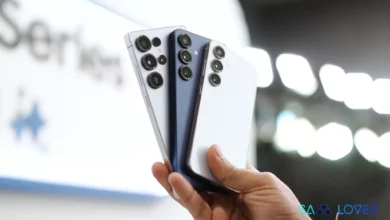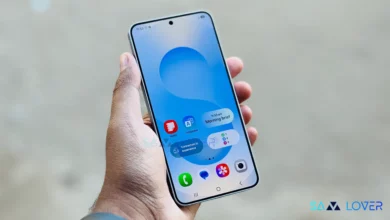Galaxy Watch 6 Classic renders leaked: The beloved rotating bezel makes a comeback
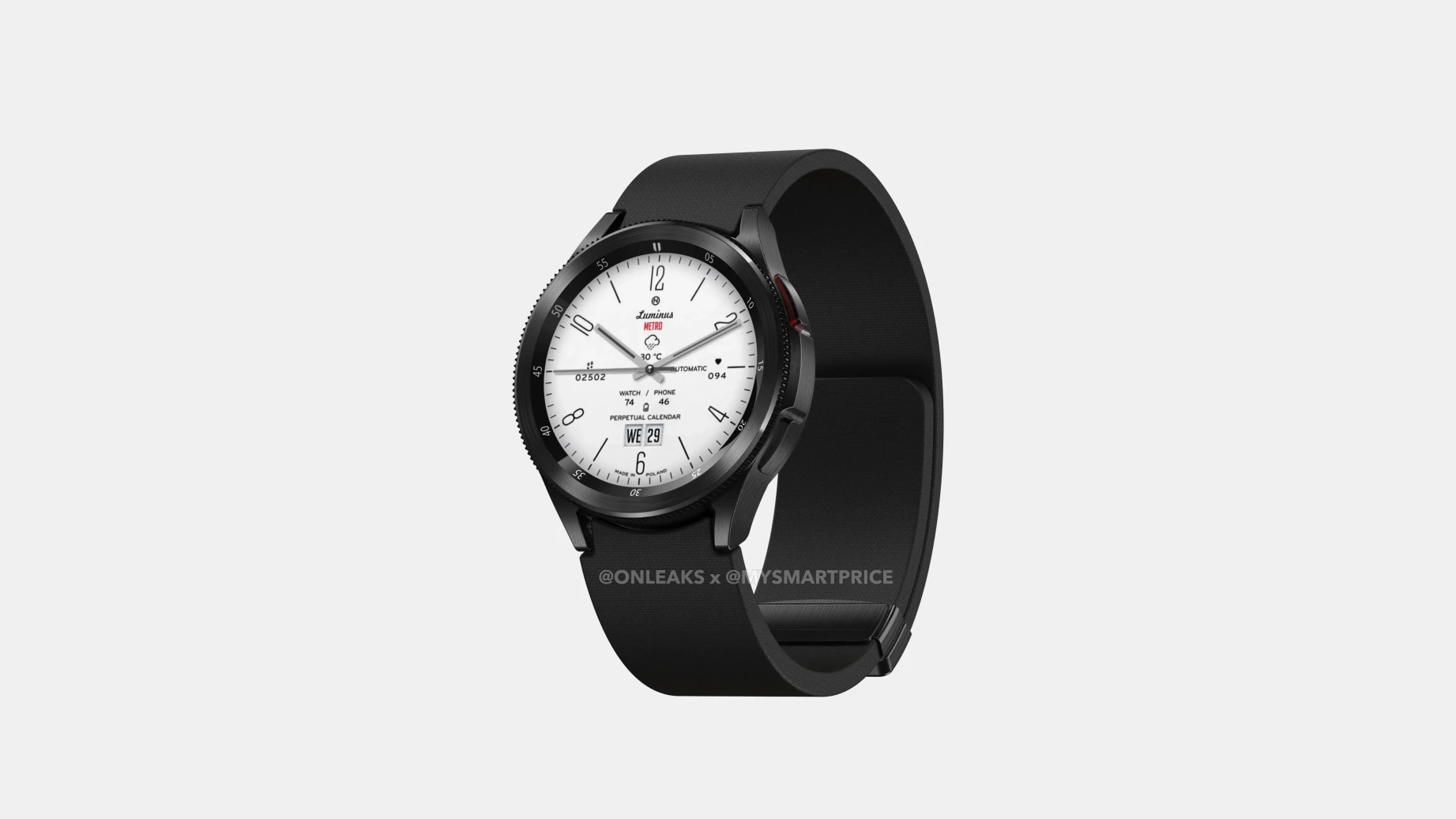
Samsung is gearing up to release its highly anticipated 6th generation smartwatch lineup, promising an array of exciting new features and advancements. The internet is already abuzz with rumors surrounding the upcoming Galaxy Watch 6 series, and we have gained substantial insights into what to expect. Of particular interest is the Galaxy Watch 6 Classic, which has been generating significant buzz due to its physical rotating bezel.
This week, renowned leakster @OnLeaks, in collaboration with MySmartPrice, unveiled a collection of “design” renders showcasing the Galaxy Watch 6 Classic, which exhibits a familiar appearance. As anticipated, the Galaxy Watch 6 Classic retains the beloved rotating bezel reminiscent of its predecessor, the Galaxy Watch 4 Classic. The bezel appears slightly slimmer, albeit not to the extent that earlier rumors had suggested. Enclosed within this bezel is a circular display, rumored to measure 1.47 inches on the larger variant.
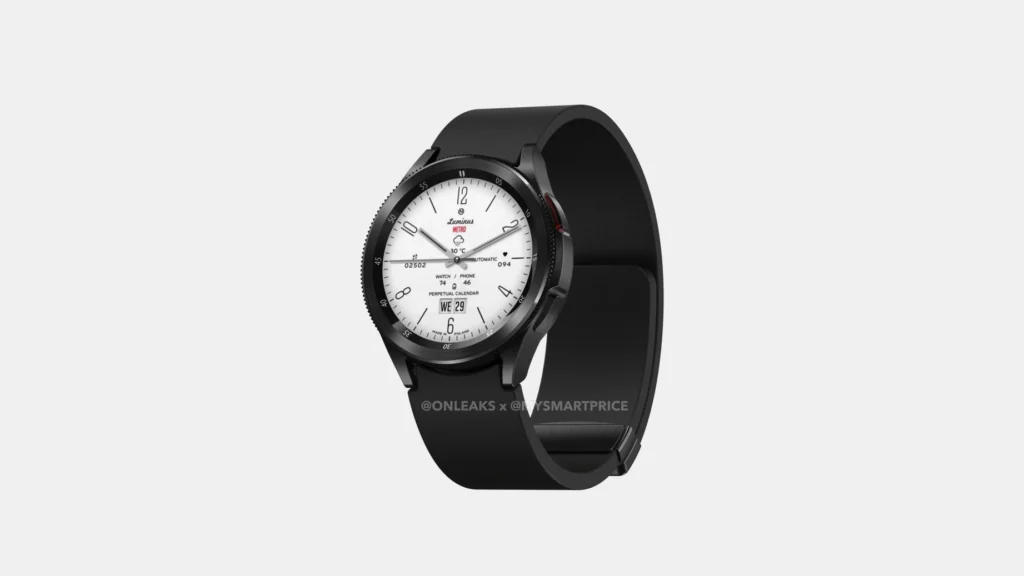
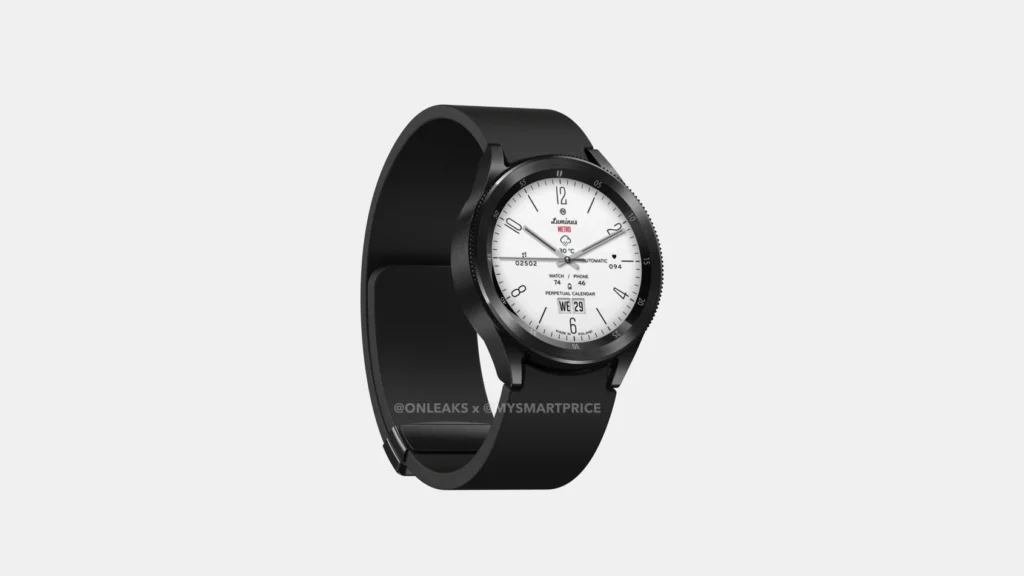
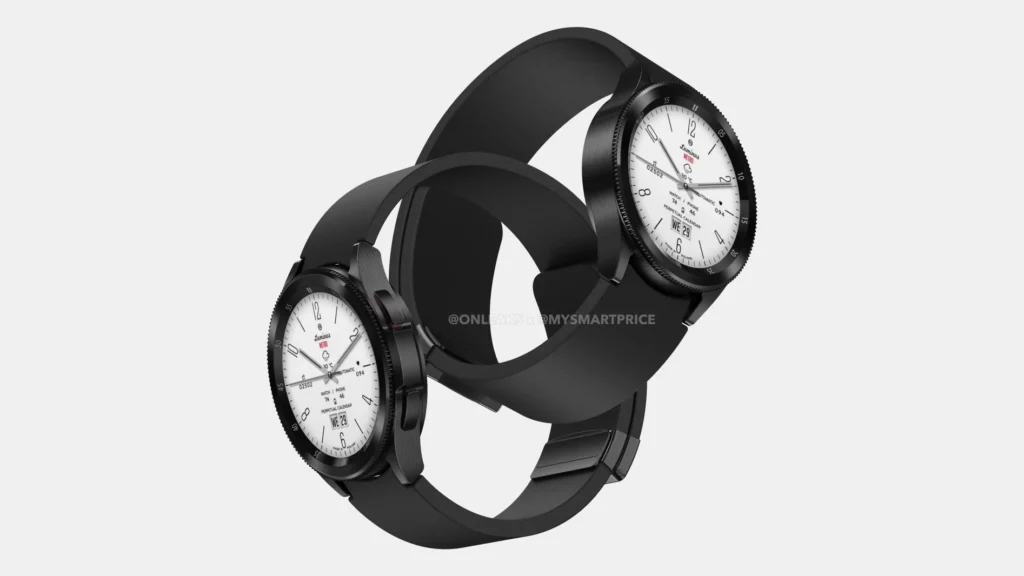

Another noticeable alteration in the design takes inspiration from the Galaxy Watch 5 Pro, as the Watch 6 Classic features a more distinct flat edge along the side, distinguishing it from previous models with a rotating bezel. This indicates a potential discontinuation of the “Pro” model, although certainty remains elusive, given that the return of the rotating bezel was itself unexpected. Additionally, the renders portray a brushed finish and a magnetic clasp band reminiscent of the Galaxy Watch 5 Pro.
Samsung is set to unveil the Galaxy Watch 6 series, coinciding with the launch of the Galaxy Z Fold 5, Flip 5, and the new Galaxy Tab S9 series in July. The watch is anticipated to continue to utilize Wear OS 3 with Samsung’s customized interface. However, considering the company’s commitment to innovation, an upgrade to Wear OS 4 is expected to be on the horizon, potentially arriving in the near future.
Expected Specifications:
Previously, there have been leaks revealing additional details about the Galaxy Watch 6 Classic. It is rumored to sport a larger display compared to its predecessor, the Watch 5 Pro, which boasts a 1.4-inch Super AMOLED display. Reports suggest that the Galaxy Watch 6 Classic may feature a 1.47-inch display with an enhanced resolution of 470 x 470 pixels. Furthermore, the device is expected to house a larger battery than its predecessor. According to rumors, the Galaxy Watch 6 Classic might accommodate a 425mAh battery, surpassing the capacity of the Galaxy Watch 4 Classic’s 361mAh battery.
